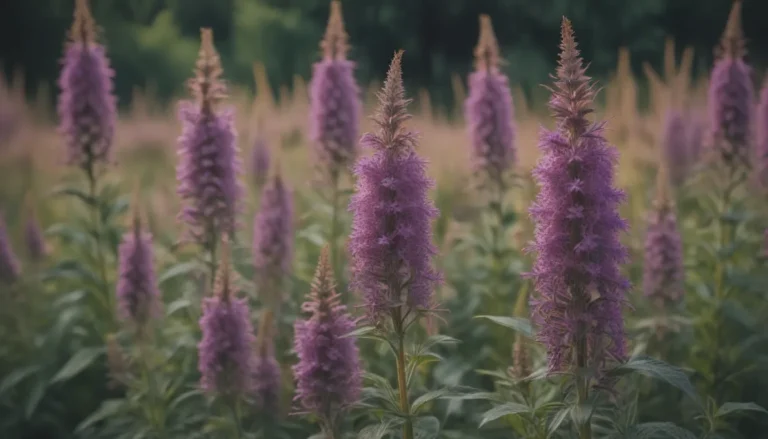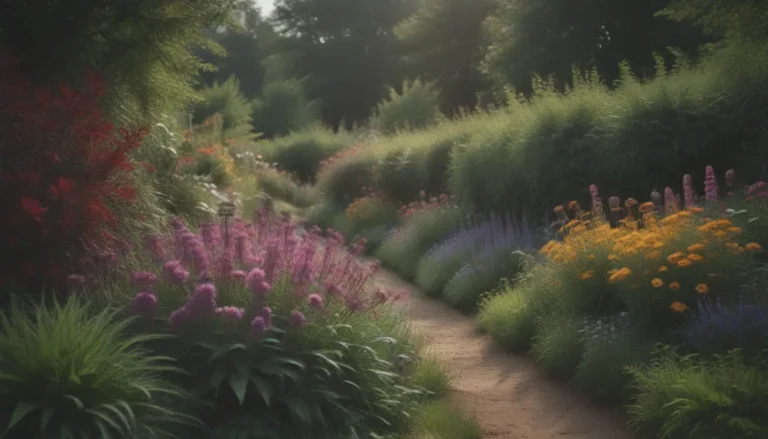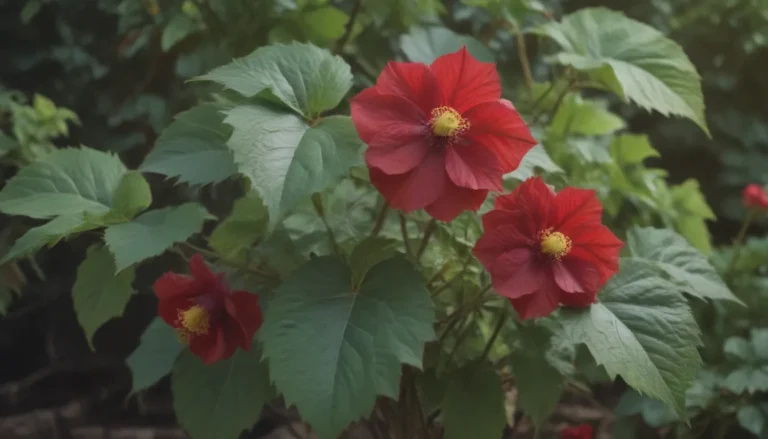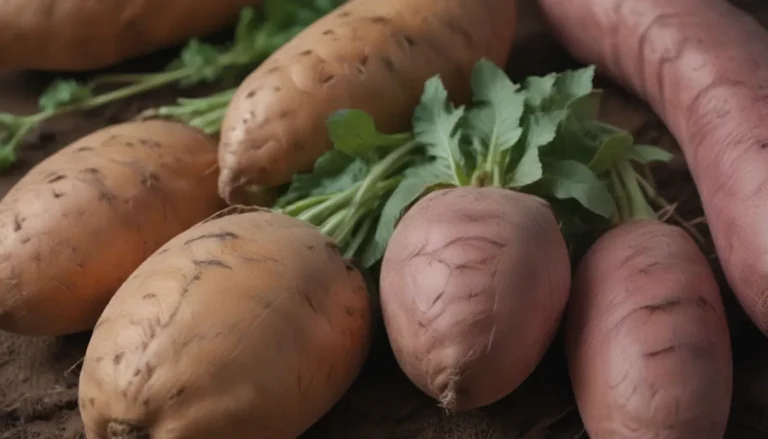The Ultimate Guide to Growing Fall Vegetables in Your Garden
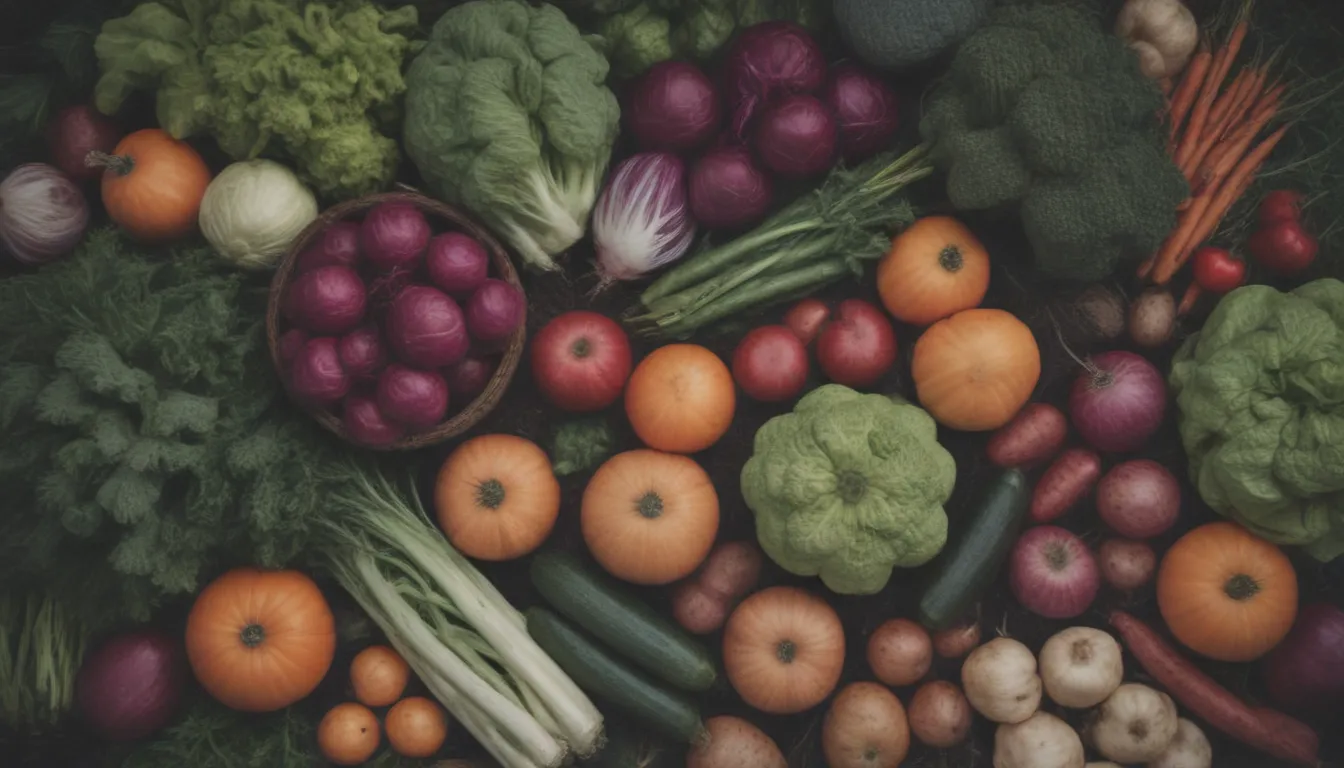
Are you looking to bring a burst of color and flavor to your autumn table? Consider starting a fall vegetable garden! While many gardeners focus on planting in the spring and summer, there are plenty of crops that thrive in the cooler temperatures of fall. In fact, some vegetables even do better in the fall due to the milder weather.
Benefits of Starting a Fall Vegetable Garden
Starting a vegetable garden in the cool-weather fall season has numerous advantages, including:
– Fewer plant-damaging pests and diseases
– Reduced weed growth
– Warmer soil, which aids in seed germination
– Moderate rainfall, reducing the need for frequent watering
– Some vegetables even taste better when exposed to light frosts
Whether you’re in a hardiness zone where you can grow tender tomatoes and eggplants or you’re in a cooler climate perfect for leafy greens and root vegetables, there are plenty of options for your fall garden. Get inspired with these 26 fall garden vegetables perfect for late-season harvests.
When to Plant a Fall Garden
Planting times for fall vegetables vary depending on your region, the specific vegetables you want to grow, and the expected first frost dates in your area. It’s important to determine the first frost date in your region, which can be easily done using online calculators where you input your zip code.
To calculate planting times, consider the days to harvest for each vegetable and deduct that from the first frost date. Add an additional two weeks to account for slower growth due to cooler temperatures and shorter days in the fall. Some vegetables benefit from light frost exposure, so planting dates may vary.
Fall Garden Vegetables
Beets (Beta Vulgaris)
- USDA Growing Zones:
- Sun Exposure:
- Soil Needs:
- When to plant:
- Spacing:
Bok Choy (Brassica rapa)
- USDA Growing Zones:
- Sun Exposure:
- Soil Needs:
- When to plant:
- Spacing:
Broccoli (Brassica oleracea)
- USDA Growing Zones:
- Sun Exposure:
- Soil Needs:
- When to plant:
- Spacing:
Green Beans (Phaseolus vulgaris)
- USDA Growing Zones:
- Sun Exposure:
- Soil Needs:
- When to plant:
- Spacing:
Cabbage (Brassica oleracea)
- USDA Growing Zones:
- Sun Exposure:
- Soil Needs:
- When to plant:
- Spacing:
Carrots (Daucus carota)
- USDA Growing Zones:
- Sun Exposure:
- Soil Needs:
- When to plant:
- Spacing:
Cauliflower (Brassica oleracea)
- USDA Growing Zones:
- Sun Exposure:
- Soil Needs:
- When to plant:
- Spacing:
Kale (Brassica oleracea var. acephala)
- USDA Growing Zones:
- Sun Exposure:
- Soil Needs:
- When to plant:
- Spacing:
Lettuce (Lactuca sativa)
- USDA Growing Zones:
- Sun Exposure:
- Soil Needs:
- When to plant:
- Spacing:
Peas (Pisum sativum)
- USDA Growing Zones:
- Sun Exposure:
- Soil Needs:
- When to plant:
- Spacing:
Radishes (Raphanus sativus)
- USDA Growing Zones:
- Sun Exposure:
- Soil Needs:
- When to plant:
- Spacing:
Spinach (Spinacia oleracea)
- USDA Growing Zones:
- Sun Exposure:
- Soil Needs:
- When to plant:
- Spacing:
Swiss Chard (Beta vulgaris var. cicla)
- USDA Growing Zones:
- Sun Exposure:
- Soil Needs:
- When to plant:
- Spacing:
Turnips (Brassica rapa)
- USDA Growing Zones:
- Sun Exposure:
- Soil Needs:
- When to plant:
- Spacing:
Arugula (Eruca vesicaria)
- USDA Growing Zones:
- Sun Exposure:
- Soil Needs:
- When to plant:
- Spacing:
Brussels Sprouts (Brassica oleracea var. gemmifera)
- USDA Growing Zones:
- Sun Exposure:
- Soil Needs:
- When to plant:
- Spacing:
Chinese Cabbage (Brassica rapa Pekinensis)
- USDA Growing Zones:
- Sun Exposure:
- Soil Needs:
- When to plant:
- Spacing:
Celery (Apium graveolens var. dulce)
- USDA Growing Zones:
- Sun Exposure:
- Soil Needs:
- When to plant:
- Spacing:
Collard Greens (Brassica oleracea L. subsp. acephala)
- USDA Growing Zones:
- Sun Exposure:
- Soil Needs:
- When to plant:
- Spacing:
Green Onions (Allium fistulosum)
- USDA Growing Zones:
- Sun Exposure:
- Soil Needs:
- When to plant:
- Spacing:
Leeks (Allium ampeloprasum)
- USDA Growing Zones:
- Sun Exposure:
- Soil Needs:
- When to plant:
- Spacing:
Potatoes (Solanum tuberosum)
- USDA Growing Zones:
- Sun Exposure:
- Soil Needs:
- When to plant:
- Spacing:
Pumpkins (Curbita spp.)
- USDA Growing Zones:
- Sun Exposure:
- Soil Needs:
- When to plant:
- Spacing:
Winter Squash (Cucurbita maxima)
- USDA Growing Zones:
- Sun Exposure:
- Soil Needs:
- When to plant:
- Spacing:
Yellow Squash (Cucurbita pepo)
- USDA Growing Zones:
- Sun Exposure:
- Soil Needs:
- When to plant:
- Spacing:
Zucchini
- USDA Growing Zones:
- Sun Exposure:
- Soil Needs:
- When to plant:
- Spacing:
Fall Garden Tips
Here are some tips to make the most of your fall garden:
– Expect longer growing times: Some vegetables may take longer to mature in the fall.
– Succession planting: Plant in intervals to ensure a continuous harvest.
– Add mulch: Mulch helps retain moisture and regulate soil temperature.
– Prepare the soil: Loosen compacted soil and add organic matter for healthy plant growth.
– Consider pelletized seeds: These seeds are coated for better germination rates.
By following these tips and choosing the right vegetables for your fall garden, you can enjoy a bountiful harvest well into the autumn months. Happy gardening!
